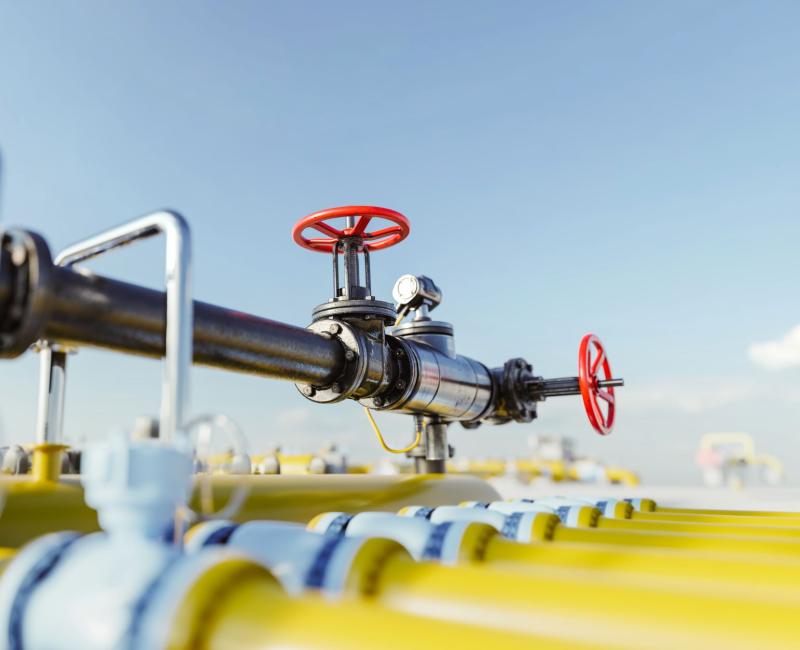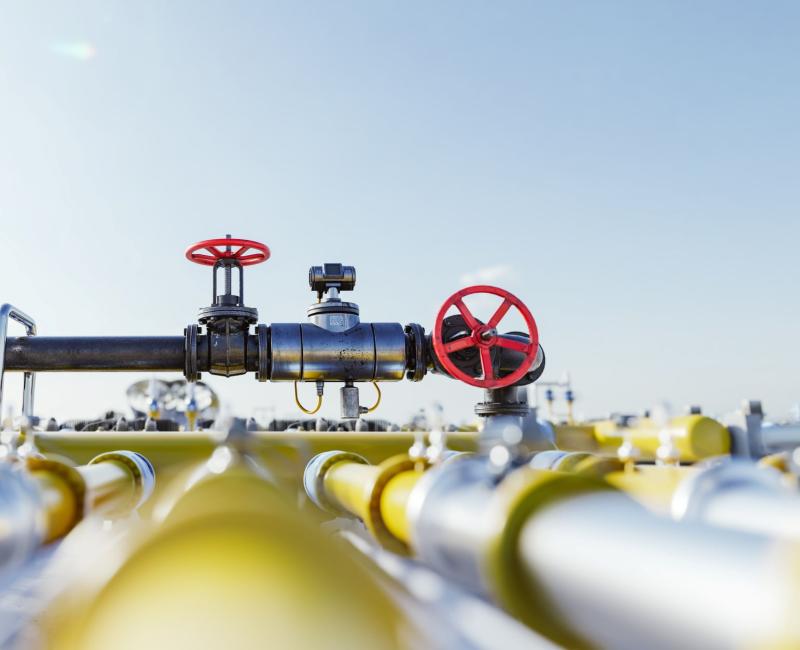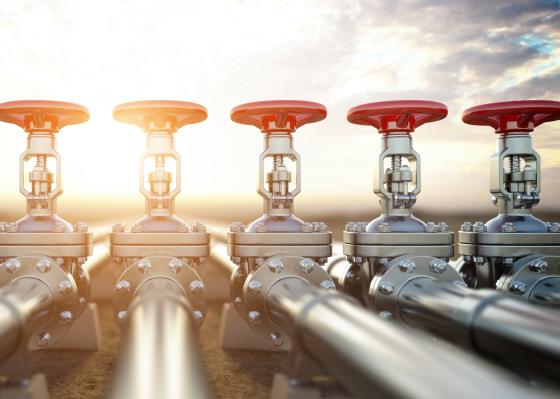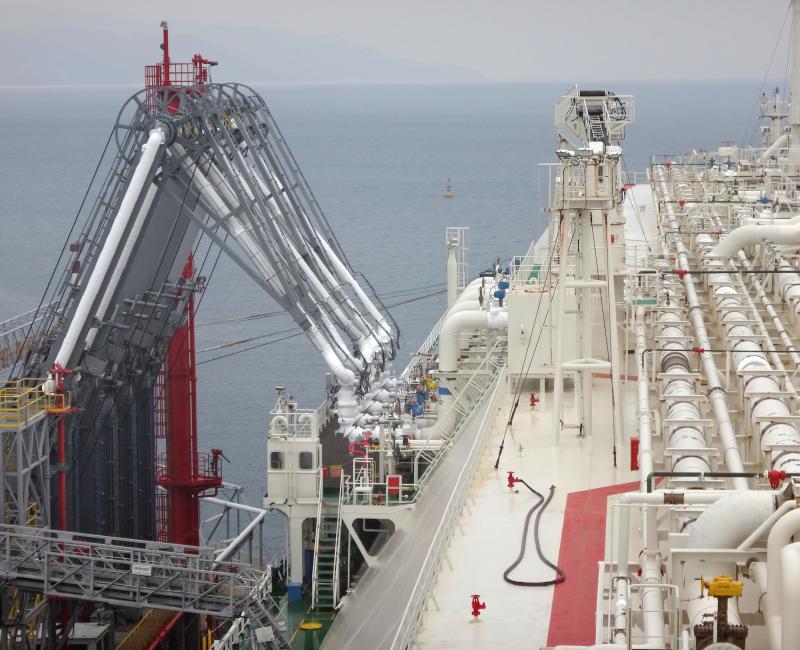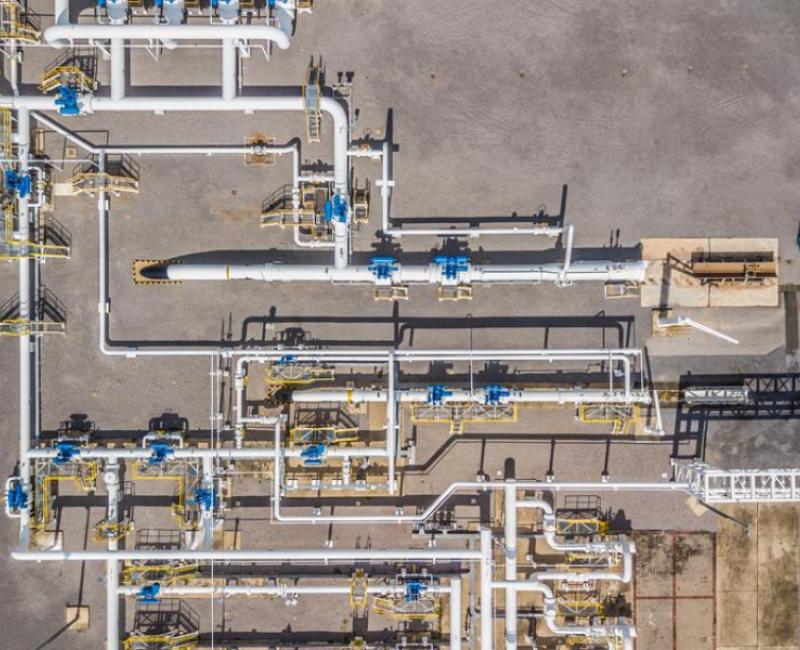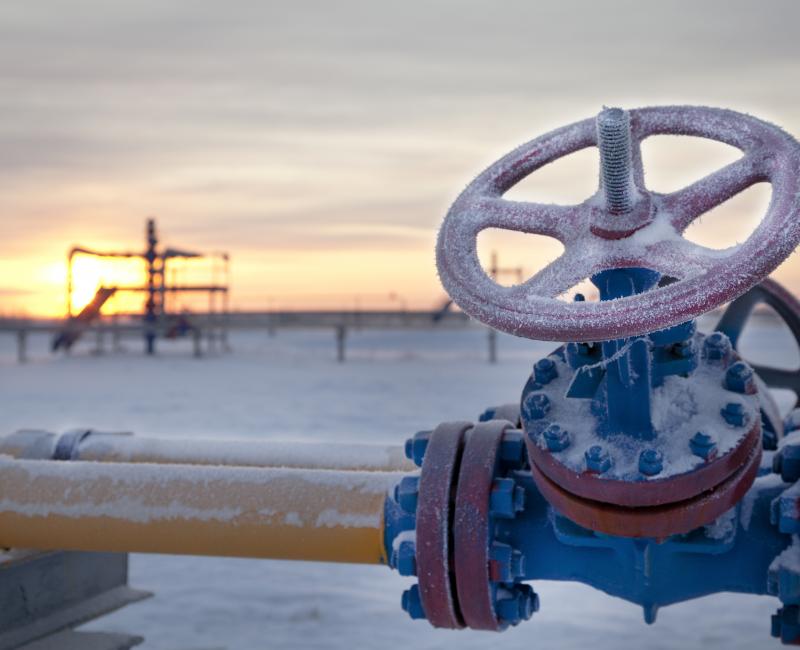On 30 December 2022, a new Council Regulation (EU) 2022/2576 entered into force requiring ACER to produce and publish an objective daily LNG price assessment.
As of today, 13 January 2023, ACER makes its LNG price assessment report available on a daily basis.
Today ACER published the first LNG price assessment. By 16.00 CET today, ACER has collected 9 transactions, of which 2 were eligible. According to the methodology, the LNG market data reported for the price assessment during the relevant rolling time window is not sufficient. So today it is not possible to calculate a single daily LNG price indication.
On the basis of the LNG market data reports received from registered LNG market participants, ACER’s daily price assessment reports will be published no later than 18:00 CET (weekdays only) on the TERMINAL platform.
Is this the final version of the ACER price methodology?
ACER’s LNG price assessment methodology was published today as a beta version based on European LNG Daily - Methodology for LNG price assessments Beta 1.0. Hence, initially ACER’s LNG price assessment consists of a weighted average price of daily LNG spot transacted quantities and is based on transactions concluded and reported for the purchase or sale of LNG with delivery in the European Union. By 31 March, ACER’s price assessment methodology will be refined with the support of the newly established LNG price assessment/benchmark expert group
Is ACER’s LNG Price Assessment report the same as the new LNG Benchmark?
No. In addition to the daily LNG price assessment, and no later than 31 March 2023, ACER will also publish a daily LNG benchmark. Currently in EU, the standard benchmarks are related to the Dutch Title Transfer Facility (TTF), which is used for both pipeline gas and LNG. The Council Regulation requires ACER to develop an alternative transaction-based LNG benchmark based on verifiable price assessments for LNG cargo deliveries to EU, to ensure the new LNG benchmark is reflective of real-world prices for the fuel. According to the Regulation, the new LNG benchmark, based on mandatory data reporting, shall contribute to greater market transparency and effectively, lower wholesale prices for gas without distorting competition in the EU energy markets. Stakeholders may use the LNG benchmark voluntarily.
LNG market data collection and registration of LNG market participants
LNG market participants must submit their LNG market data to ACER via TERMINAL by first registering in the Centralised European Register of Energy Market Participants (CEREMP) and identifying themselves as an ‘LNG market participant’, and second creating a user account at TERMINAL.
Detailed information on the registration process of LNG market participants in CEREMP and TERMINAL is available here.
LNG market participants shall submit daily to ACER the LNG market data as close to real-time as technologically possible.
Whilst the reporting obligation for both LNG transactions and bids and offers applies since 30 December 2022, when facing issues with the technical feasibility of reporting (given the short implementation timeline), LNG market participants should currently prioritise the reporting of transactions over the reporting of bids and offers and should report bids and offers as soon as technologically feasible.
When submitting LNG market data, market participants shall follow the dedicated reporting guidance published on the ACER website (link here). ACER considers the reporting guidance as an evolving document and will release further updates and FAQ documents as required, in consultation with the industry.
Read more about LNG Price Assessment.



